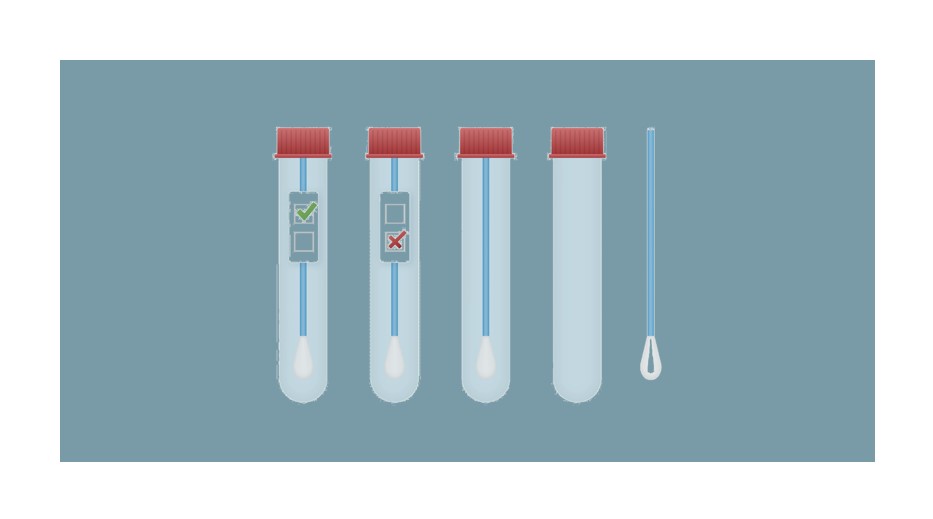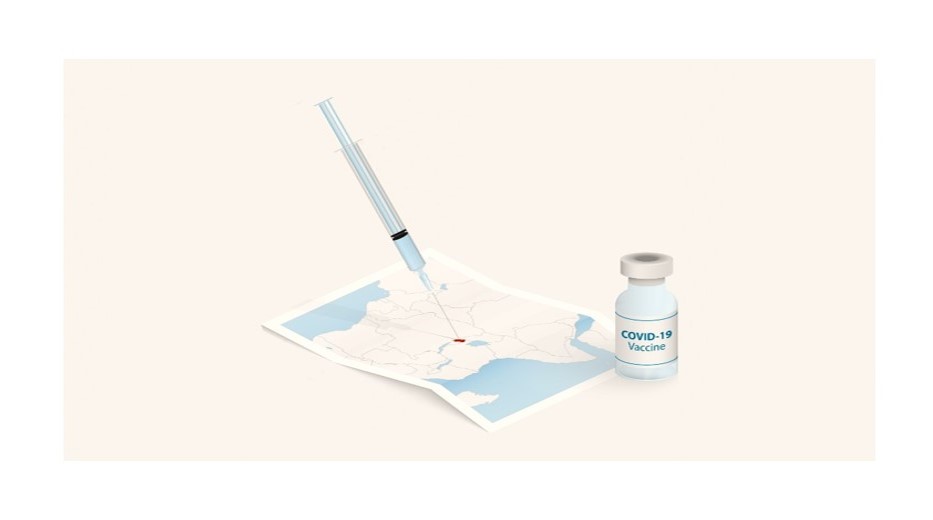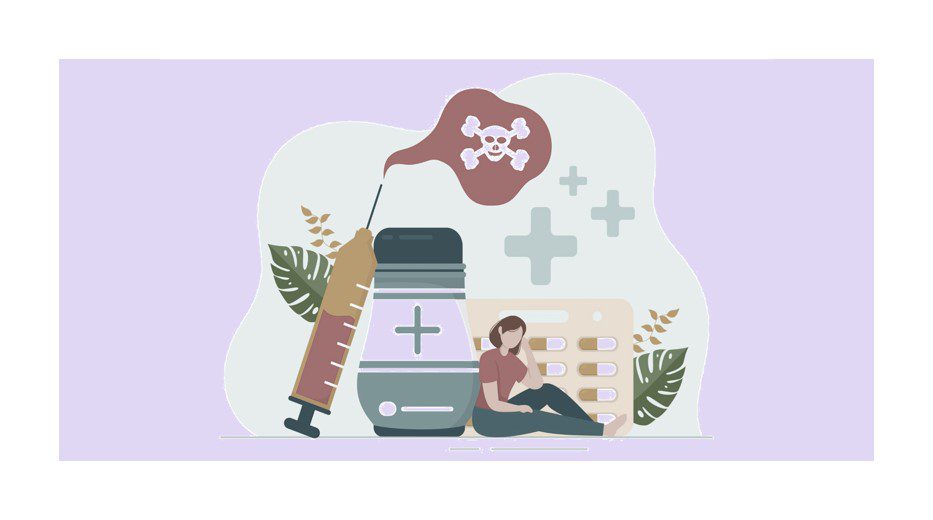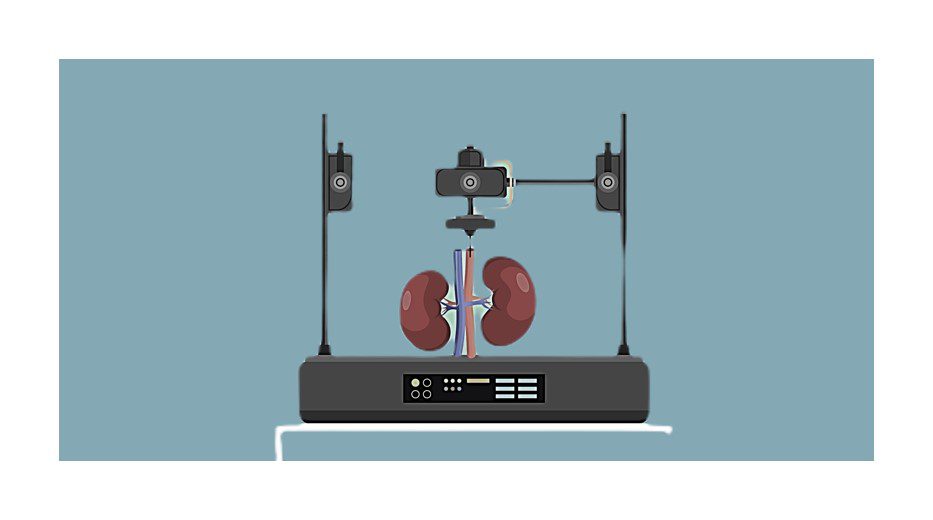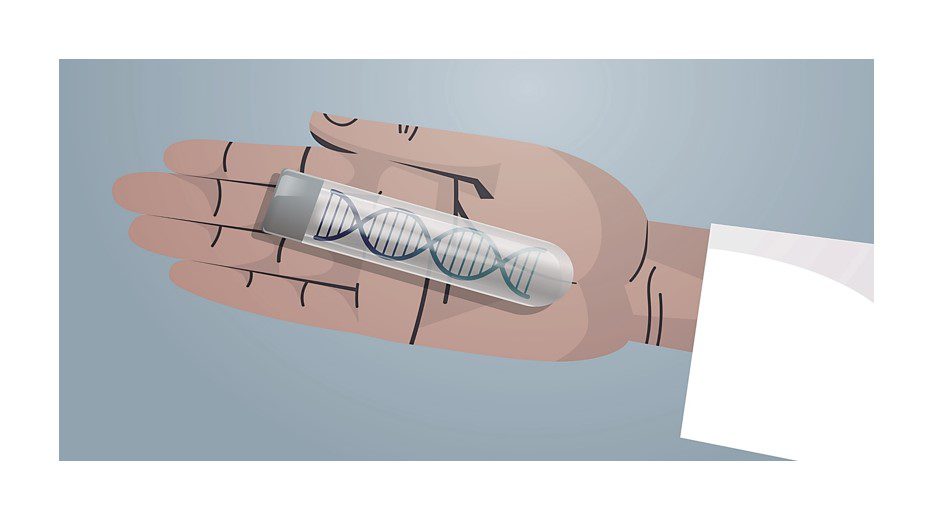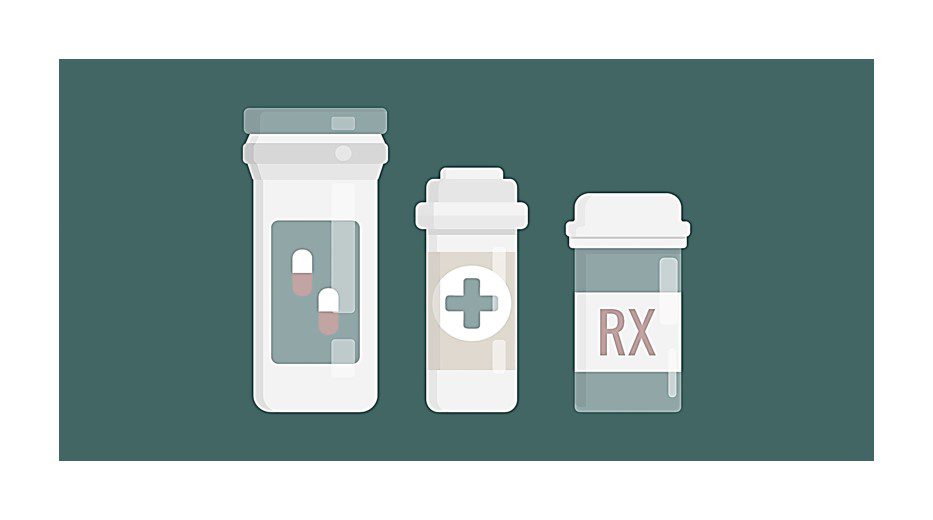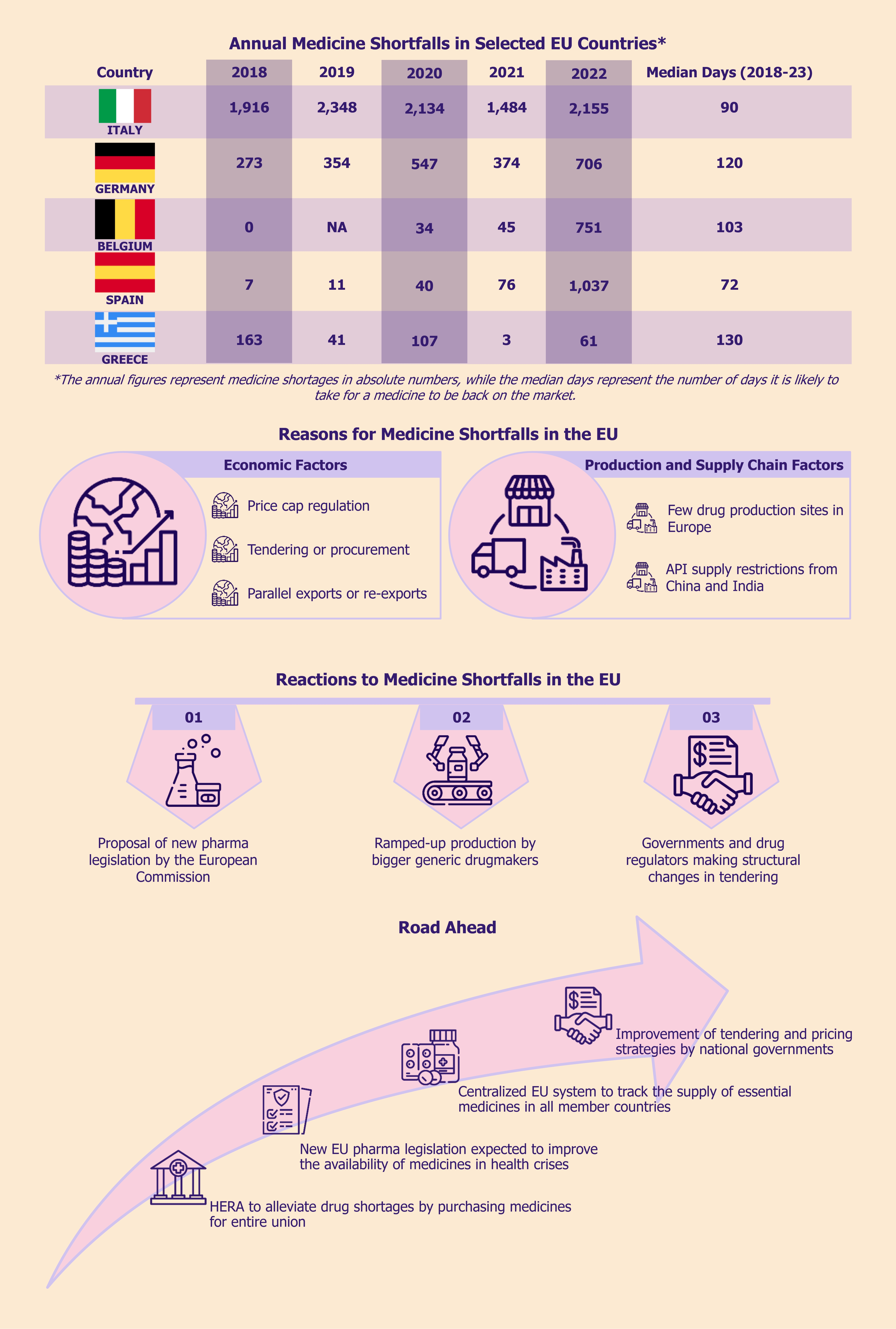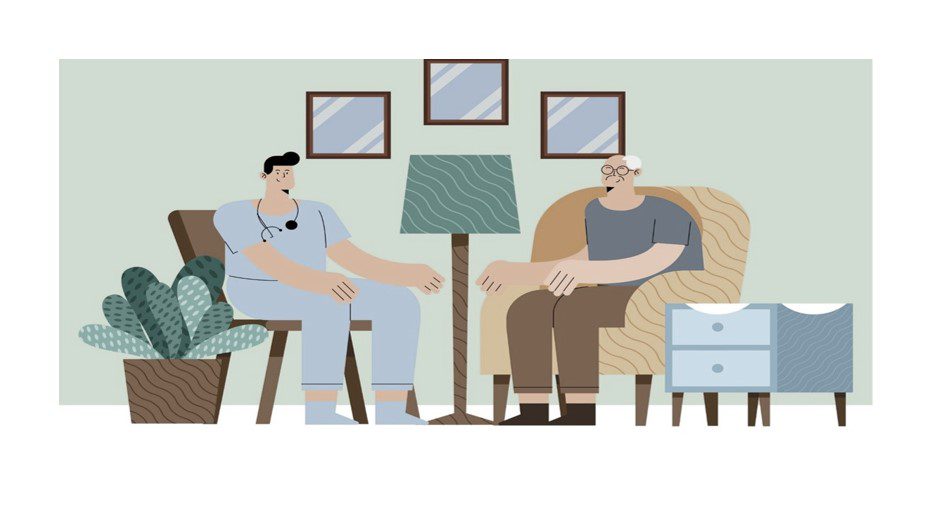The COVID-19 pandemic brought innovation and investment to the in vitro diagnostics (IVD) market, opening new pathways to simplify and expand testing. The previously complicated and time-consuming molecular testing gradually started moving towards rapid testing, changing how we manage healthcare. The growing popularity of rapid testing gave way to self-sampling and at-home sampling, which is set to bring molecular testing closer to patients. Another noticeable transformation the industry witnessed post-pandemic was the rise of molecular testing at point-of-care (POC), which is set to disrupt the way clinicians deliver accurate diagnoses in record time.
The latest generation of IVD devices is focused on providing quick diagnosis and being cost-effective. This has led to IVD companies focusing on developing simpler and less invasive sample collection methods, such as self-sampling tests.
IVD innovation is also transforming molecular testing to make healthcare more accessible. To a certain extent, dependence on laboratories is gradually decreasing with molecular testing available at POC. A key development in this area is the use of multiplex assay, which allows to test for multiple pathogens simultaneously, allowing for early diagnosis.
Molecular testing moving near-patient
After using antigen tests during COVID-19, demand for molecular testing for a variety of diseases at POC has risen drastically. In 2023, the industry faced an acute shortage of skilled laboratory staff, further increasing the need for molecular testing to move near-patient. This has resulted in physicians and patients preferring molecular tests at POC (MPOC). Some prominent industry players, such as Cepheid, Abbott, and BioFire, offer CLIA-waived PCR instruments and multiplex assay tests for the POC setting. A CLIA-waived certification allows tests to be performed at a doctor’s office by a non-technician instead of other more complex MDx tests requiring specialized technicians.
Moving these multiplex molecular tests near-patient is revamping the IVD landscape, positively impacting both the patients and payers. Early diagnosis with POC diagnostics empowers physicians with evidence-based decision-making at an early stage. Moreover, with multiplex assays increasingly being used for MPOC and delivering results within 10-25 minutes (in the case of respiratory assays), the wait time for patients to receive the correct diagnosis has reduced substantially. This results in clinicians being able to start with proper treatment on the patient’s first visit, thus reducing the total number of patient visits. Consequently, physicians are also able to accommodate a higher number of patients.
In fact, MPOC could become a critical element of the value-based care model in the USA. The value-based program incentivizes healthcare providers/physicians to provide quality healthcare. With MPOC offering quicker turnaround time and lower testing costs, physicians/payers will likely be better incentivized and motivated to deliver high-quality services.
Growing demand for self-sampling/at-home sampling
The pandemic raised public awareness regarding the use of self-sampling kits and increased demand for them. Further, the FDA granted Emergency Use Authorization to multiple assays during the pandemic to quickly onboard self-test kits and penetrate the US households with this novel testing method.
Driven by the convenience, cost-effectiveness, and accessibility offered by self-sampling kits, they are becoming increasingly popular, particularly amongst the aging population that needs tools and technologies to manage health at home. It is also proving to be a sustainable testing method, as it can be used for preventative screening as well as allows for discretion for patients who may not prefer to get tested in a laboratory or by a physician, particularly in case of sexually transmitted infections (STIs).
Additionally, unlike OTC tests, molecular diagnostic tests allow for better accuracy in results and are recognized by the FDA for clinical diagnosis use. This has given confidence to healthcare providers to advocate self-sampling, as they stand to benefit from bringing care to patients’ homes, eventually reducing healthcare expenses. In a value-based setting, at-home testing proves to particularly benefit physicians who are able to eliminate unnecessary patient visits.
For the prominent industry players, at-home testing represents a key opportunity area to grow in the niche direct-to-consumer testing segment. Companies are also using these tests as an opportunity to target the rural population who do not have easy access to laboratories. Besides infectious and respiratory diseases, companies are now trying to foray into other treatment areas, such as human papillomavirus (HPV). Self-sample collection for HPV has begun in Europe with BD’s Onclarity HPV assay.
EOS Perspective
Establishing a strong foothold in both self-sampling and MPOC segments is seen as a sizeable business opportunity for stakeholders of the IVD market. In the near term, it is likely for the IVD players to continue launching new assays and technologies to expand offerings.
For self-sampling, MDx players have been focusing on infectious diseases, and there still is a vast untapped market for self-sampling at home, specifically when testing for STIs. In November 2023, LetsGetChecked became the first company to secure FDA approval for chlamydia and gonorrhea at-home sample collection. This has opened doors for other players to enter this niche market, and they are likely to jump on the bandwagon by seeking FDA approvals for their STIs self-sampling kits. Major players, such as Hologic, are already gathering data to launch a self-collection device for STIs. Hologic’s Aptima Swab for STIs multi-testing is approved in the EU, and the company is now conducting trials to get approval in the USA.
In the near term, a noticeable trend in the MPOC segment is expected to be the focus of MDx players on developing multiplex assays that follow the ‘one-size-fits-all’ approach. There is a growing demand from physicians for multiplex assays that allow them to test for multiple viruses and deliver results in under four hours. Companies have already started to take matters into their own hands by focusing their R&D efforts on developing panels and preparing them for FDA approval and CLIA waiver. Becton Dickinson announced the launch of its first molecular diagnostics POC instrument, BD Elience, by 2025. The device is expected to allow panel testing for respiratory and sexually transmitted diseases.
Although the self-sampling and MPOC segments present many opportunities for the IVD stakeholders, some roadblocks may hinder their development and adoption. For instance, multiplex assay reimbursement schemes may hamper their widespread adoption in the POC setting. Per the latest guidelines, reimbursement schemes for multiplex assays are less favorable than those for singleplex assays. Furthermore, at present, there are no reimbursement schemes in place to reimburse for self-sampling at home, so patients are required to pay out-of-pocket.
Several players face a crucial challenge for at-home collection: proving to the FDA that the self-sample collected is not contaminated or poorly taken. FDA requirements for approval of these tests are very stringent and demand that companies prove the adequacy of the sample collected by patients to match that of laboratory collection.
Despite these challenges, self-sampling and MPOC present untapped opportunities for many IVD players seeking to expand their capabilities and offerings to position themselves better in the MDx market.




